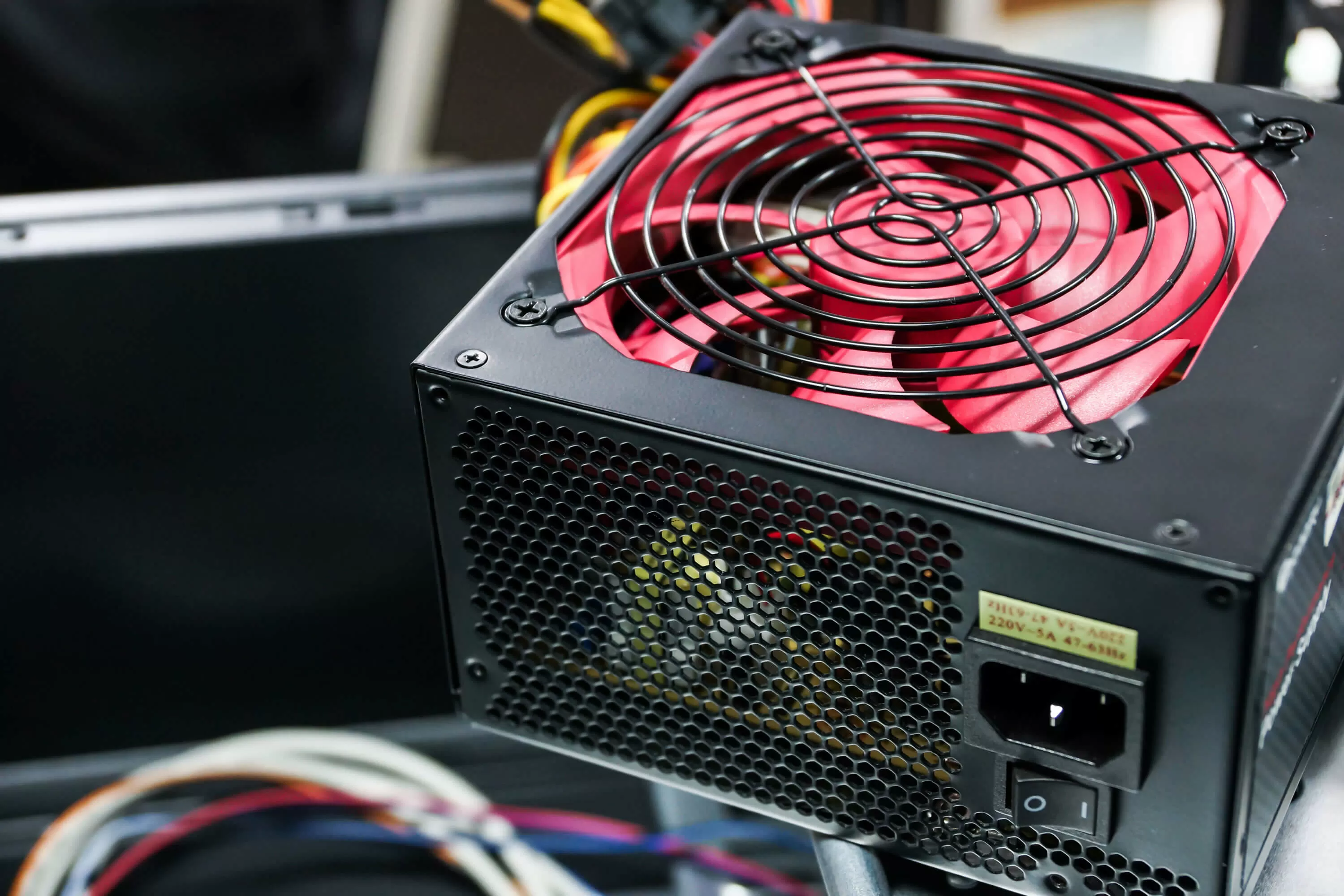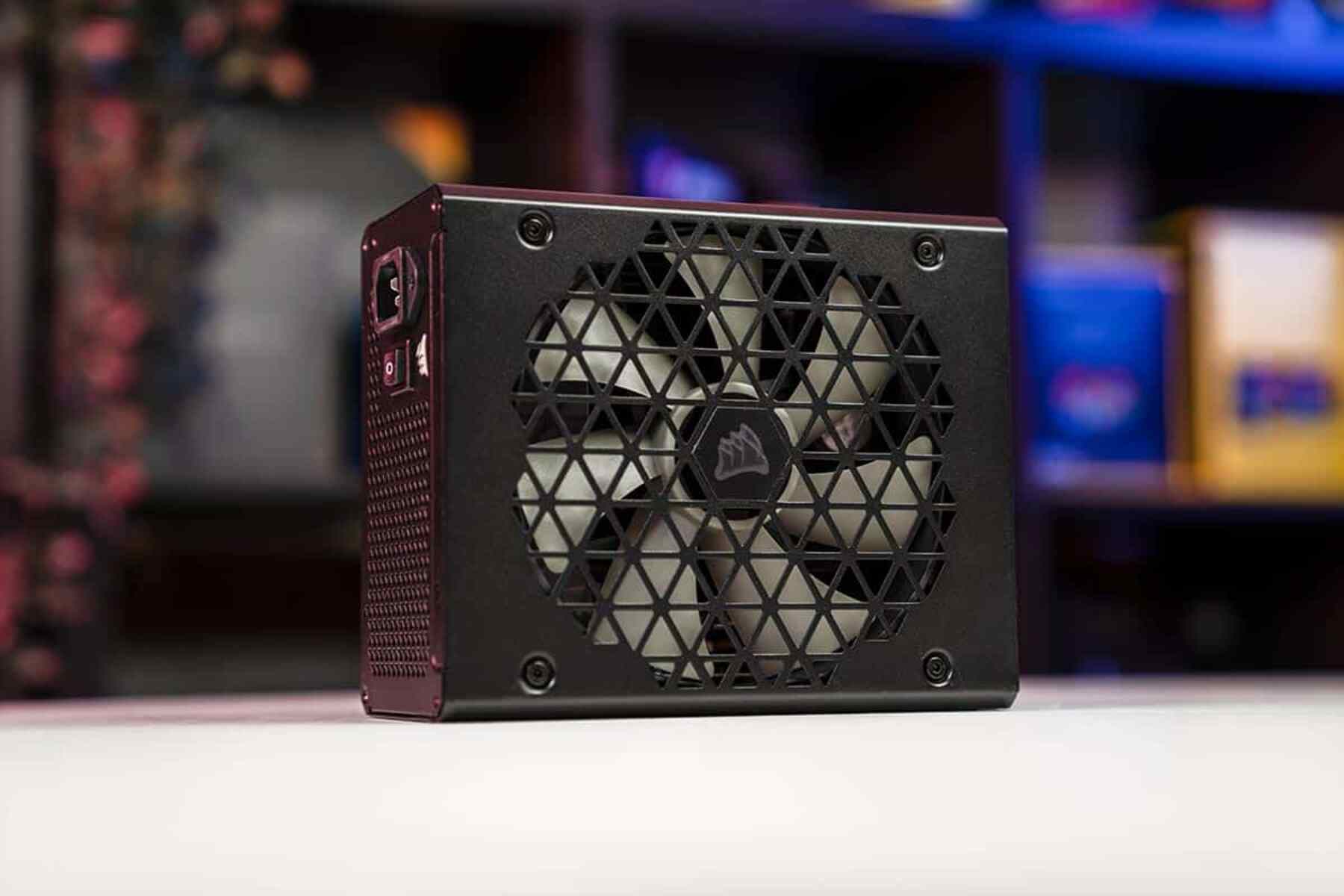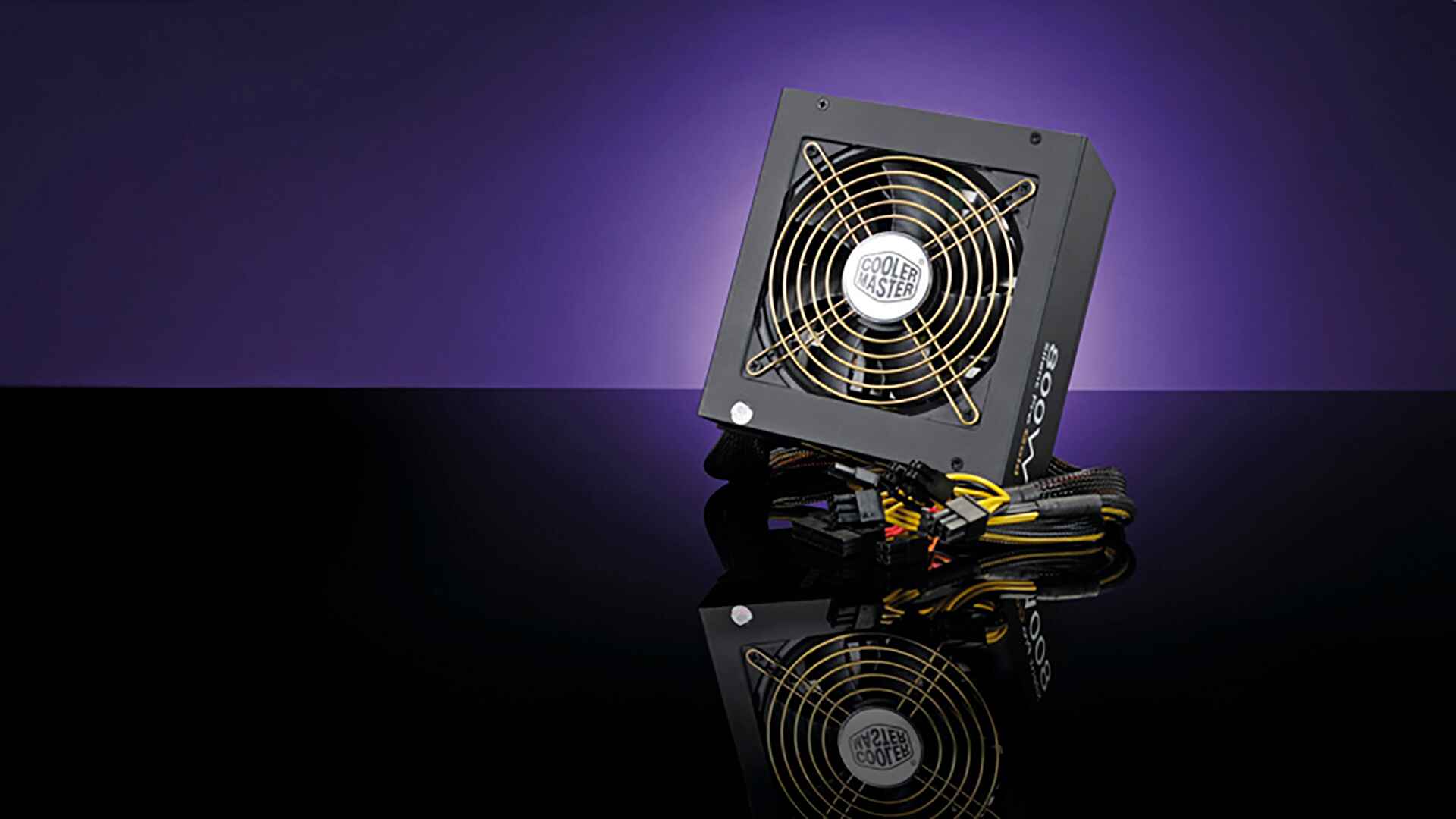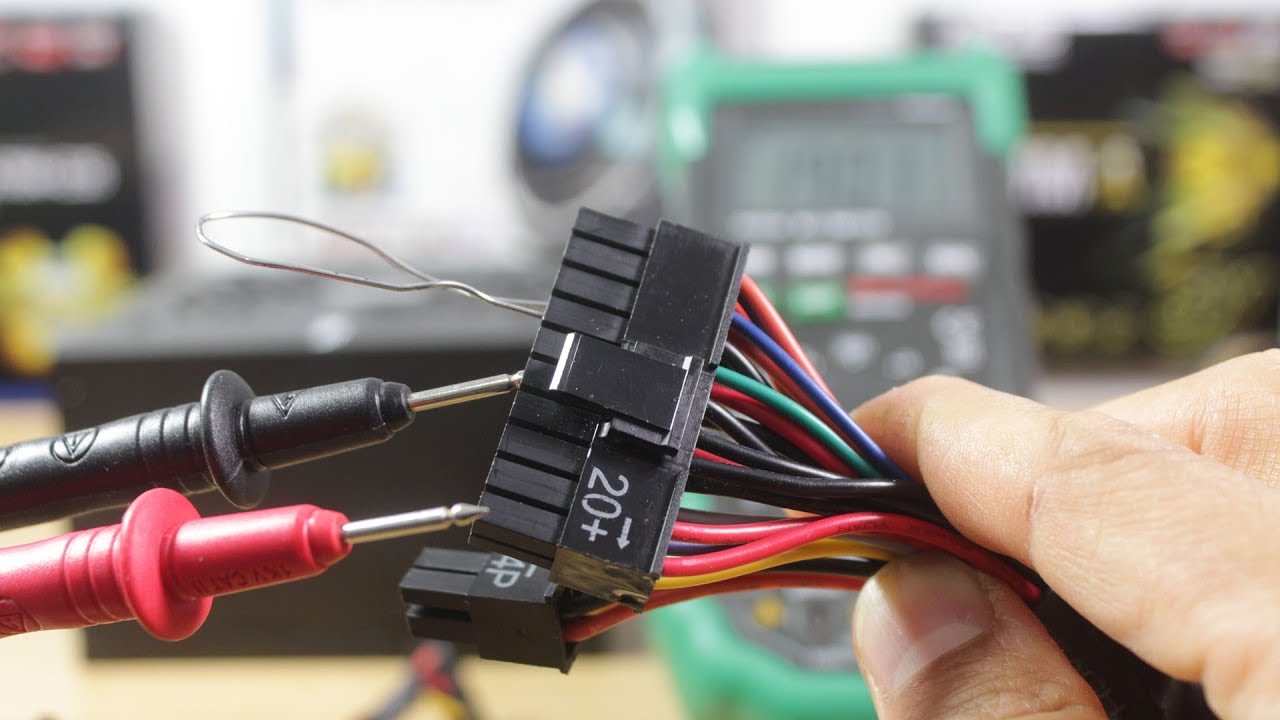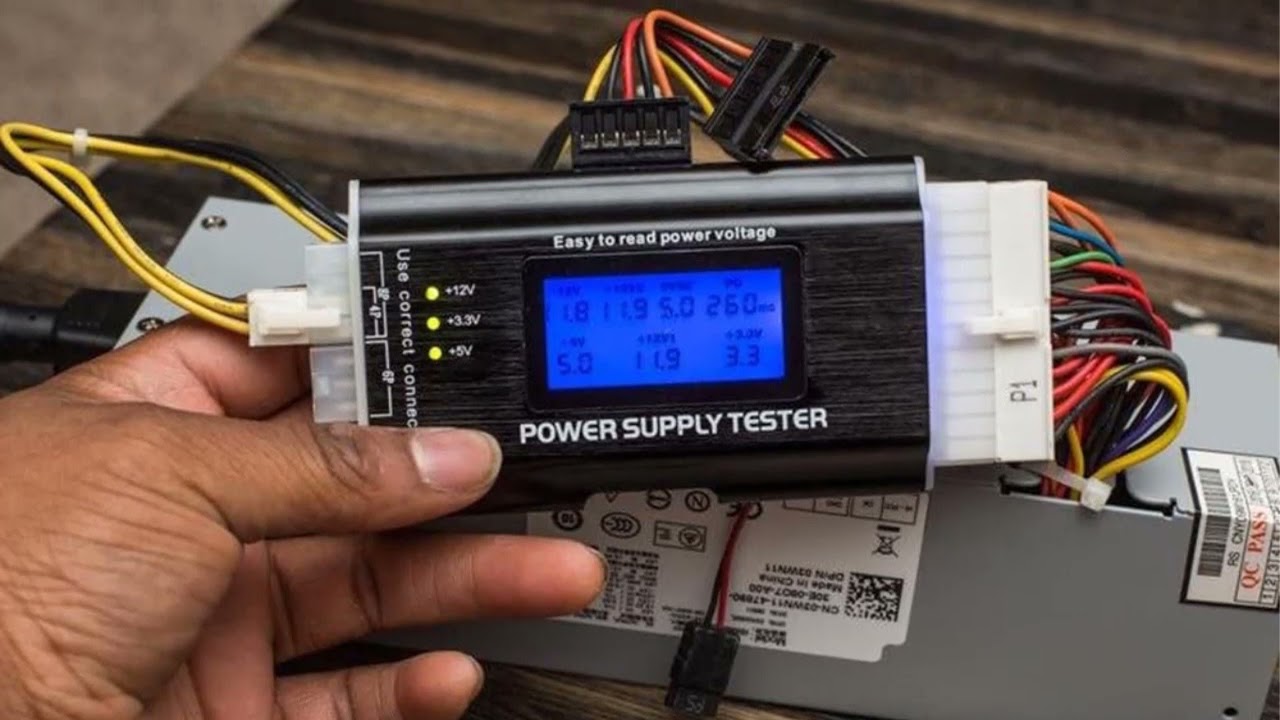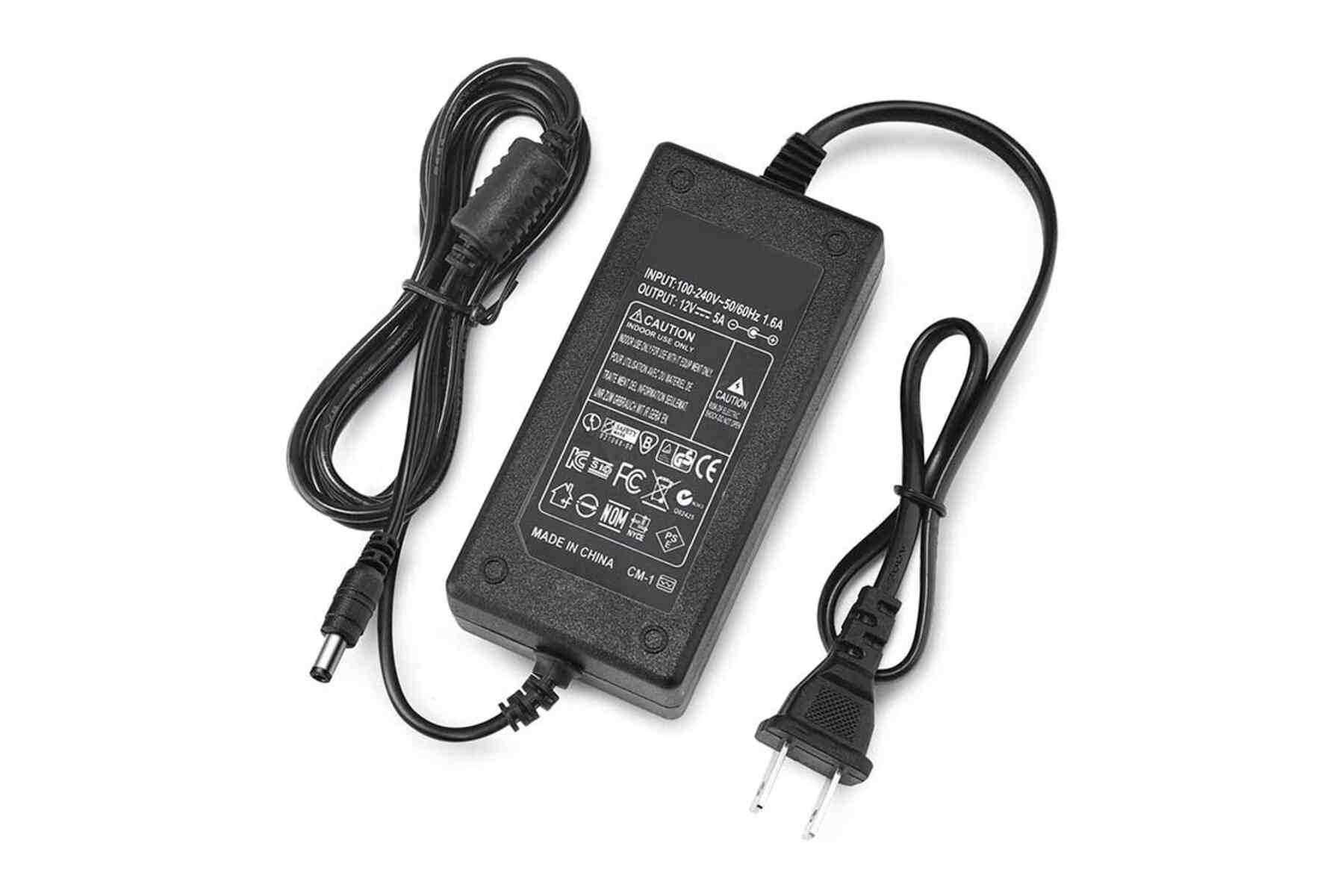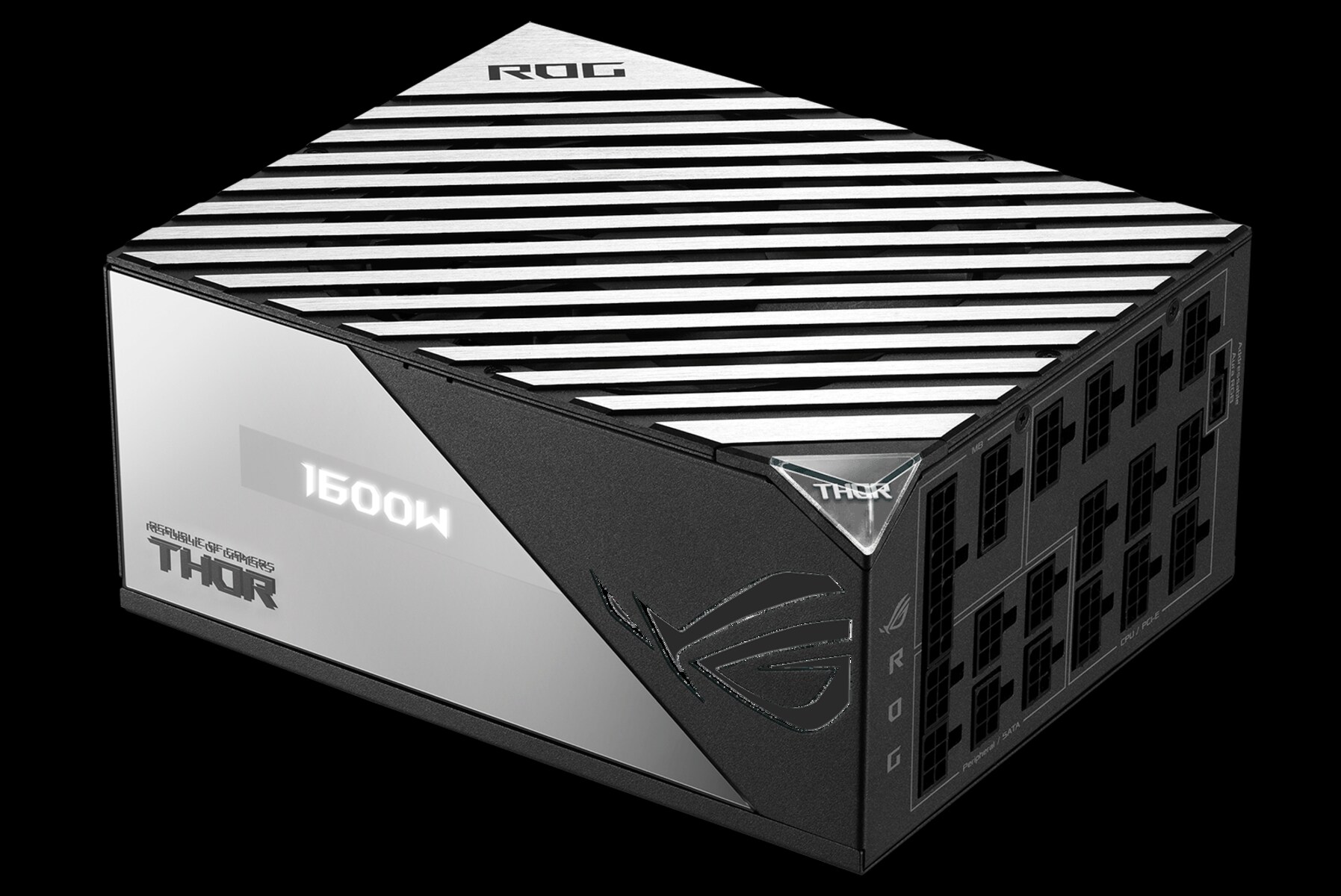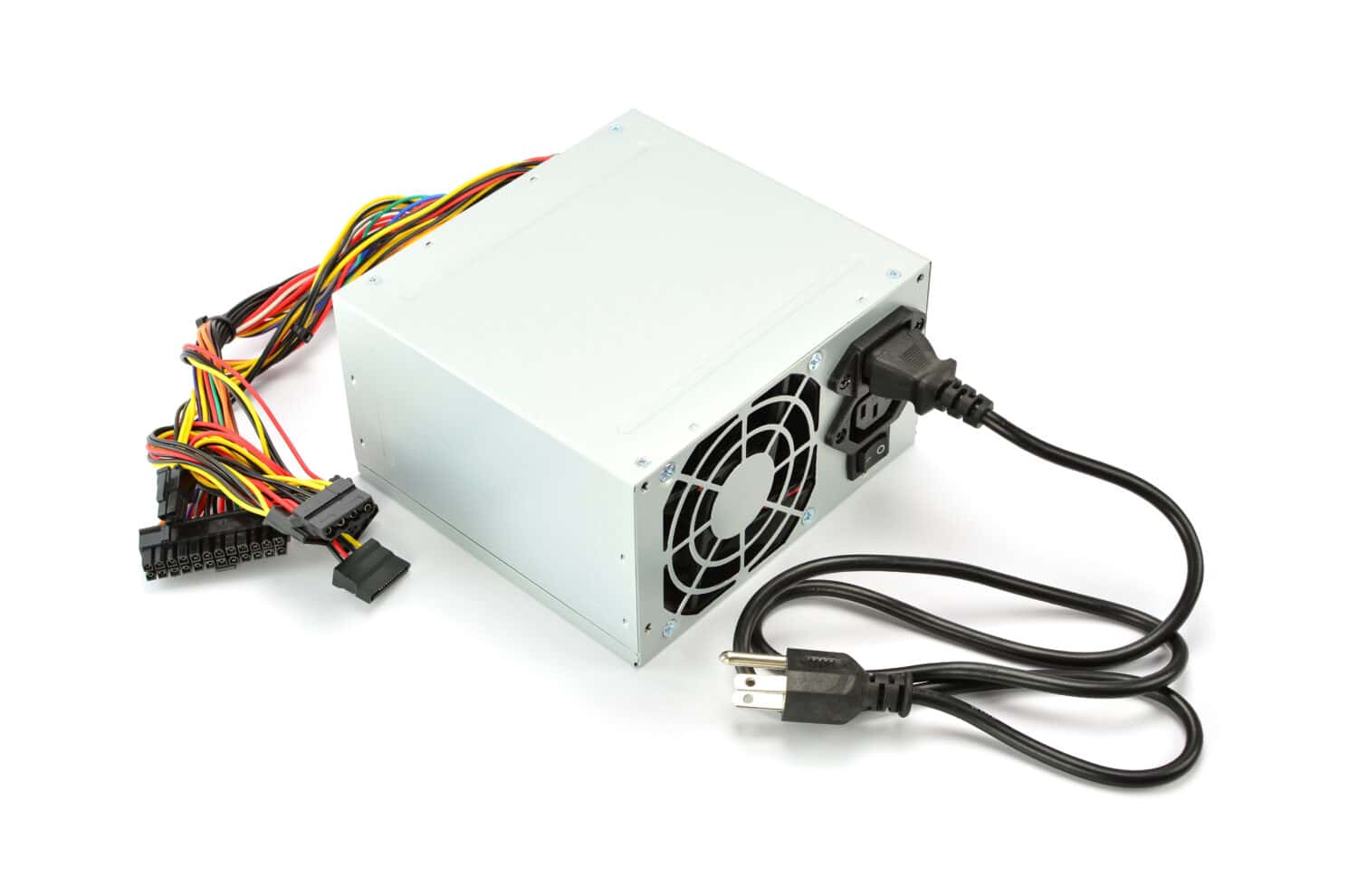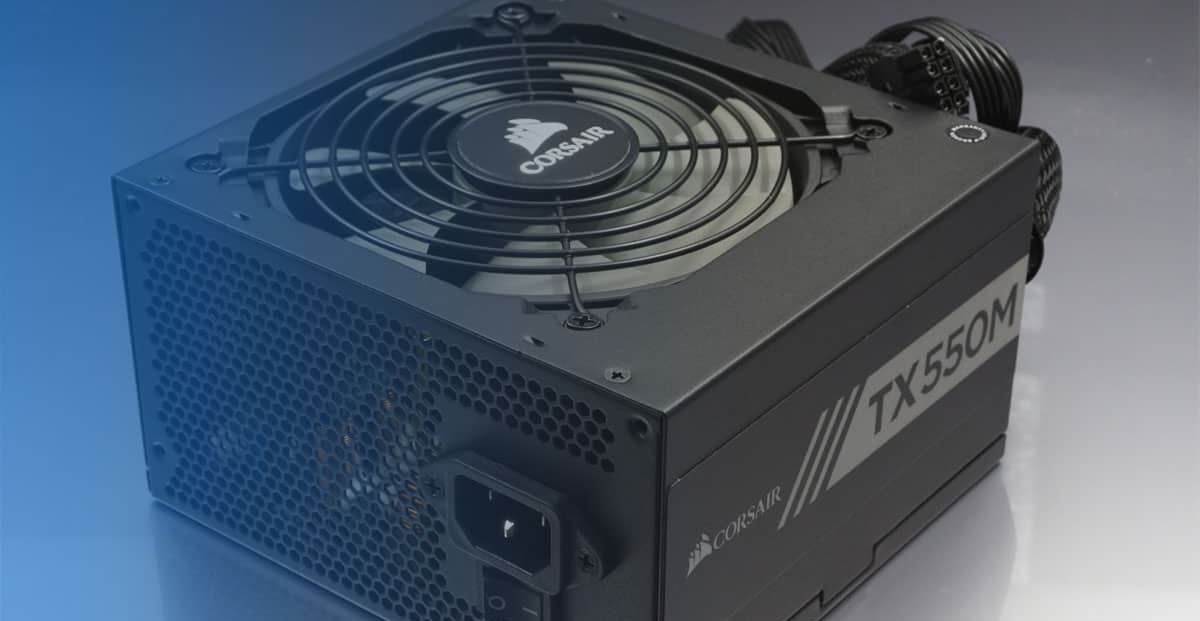Introduction
A PC power supply unit (PSU) is a vital component that provides the necessary electrical power to run the various hardware components of a computer system. It converts the AC power from a wall outlet into the DC power required by the computer’s internal components. One of the key aspects of a PSU is the voltages it supplies. Understanding the voltages supplied by a PSU is essential for ensuring compatibility and optimizing the performance of your computer.
The most common PSU voltages are the 12V, 5V, and 3.3V rails. These voltages power different components of the computer system, such as the motherboard, CPU, memory modules, peripherals, and storage devices.
Additionally, a PC PSU may provide other voltages, although less commonly used. These voltages serve specific purposes and are sometimes required by specific components or peripherals.
Having a good understanding of the voltages supplied by a PSU will help you determine the power requirements of your computer system, select the right PSU for your needs, and troubleshoot any power-related issues effectively. In this article, we will delve into the different voltages that are most likely to be supplied from a PC power supply unit, their significance, and the devices they power.
12V Rails
One of the primary voltages supplied by a PC power supply unit is the 12V rail. The 12V rail provides power to several components that require higher power consumption, such as the CPU, graphics card, and storage devices.
The 12V rail is divided into multiple rails to distribute power evenly across the various components. These rails help provide a stable power supply and prevent overloading of a single rail. Depending on the PSU, you may find different configurations of 12V rails, such as a single 12V rail or multiple rails labeled as 12V1, 12V2, and so on.
The CPU and graphics card are the primary consumers of power from the 12V rail. High-performance CPUs and graphics cards often require significant power to operate efficiently. The 12V rail ensures a stable and reliable power supply to these components, enabling them to perform at their full potential.
Additionally, some storage devices, such as hard disk drives (HDDs) and solid-state drives (SSDs), also rely on the 12V rail for power. The 12V rail provides the necessary power for the motors in HDDs and controls the voltage for the SSD controller.
When selecting a PSU, it is important to consider the power requirements of your CPU and graphics card. High-end CPUs and graphics cards may have specific power recommendations, and ensuring that your PSU can deliver the required power from the 12V rail is crucial for system stability and performance.
Overall, the 12V rail plays a critical role in supplying power to power-hungry components such as the CPU, graphics card, and storage devices. It is essential to choose a PSU that can provide sufficient power from the 12V rail to support the demanding needs of your system.
5V Rails
Another important voltage supplied by a PC power supply unit is the 5V rail. The 5V rail provides power to various components that require lower voltage levels, such as the USB ports, peripherals, and certain motherboard components.
USB ports are integral to modern computer systems, allowing the connection of a wide range of devices, including keyboards, mice, external storage, and more. The 5V rail supplies the power necessary to operate these USB devices, enabling data transfer and device functionality.
In addition to USB ports, peripherals like fans, RGB lighting, and other accessories may also draw power from the 5V rail. The 5V rail ensures that these components receive the necessary voltage to function correctly, providing cooling, enhancing aesthetics, and enabling additional features.
Furthermore, certain motherboard components, such as the chipset and some integrated circuits, receive power from the 5V rail. These components play crucial roles in the operation and communication of various hardware components within the computer system.
When considering a PSU, it is important to assess the power requirements of your USB devices and peripherals. It is crucial to ensure that the PSU can supply adequate power from the 5V rail to support the connected devices without experiencing voltage drops or stability issues.
Overall, the 5V rail is essential for providing power to USB ports, peripherals, and certain motherboard components. Choosing a PSU that can deliver sufficient power from the 5V rail ensures proper operation and compatibility with various devices and peripherals, enhancing the functionality and usability of your computer system.
3V Rails
The 3.3V rail is another important voltage supplied by a PC power supply unit. While it may not be as commonly used as the 12V and 5V rails, it serves a crucial purpose in powering specific components within a computer system.
The 3.3V rail primarily provides power to components that require lower voltage levels, such as certain integrated circuits, memory modules, and some motherboard components.
Integrated circuits (ICs) on the motherboard often require a 3.3V power supply. These ICs include components like the audio codec, network interface controller (NIC), and various sensors. The 3.3V rail ensures that these components receive the necessary power to function correctly, facilitating the smooth operation of the system.
Memory modules, including DDR3 and DDR4 RAM, also require the 3.3V rail for proper operation. The 3.3V rail supplies power to the memory modules, ensuring stable data storage and retrieval. Without the appropriate power supply from the 3.3V rail, the system may experience memory-related issues, such as read/write errors and system instability.
When selecting a PSU, it is important to consider the power requirements of the integrated circuits and memory modules in your computer system. Ensuring that the PSU can deliver sufficient power from the 3.3V rail is crucial for maintaining stability and optimal performance.
While the 3.3V rail may not be as heavily utilized as the 12V and 5V rails, it plays a critical role in powering specific components within a computer system. A properly functioning 3.3V rail ensures the reliable operation of integrated circuits, memory modules, and other essential components, contributing to the overall performance and stability of the system.
Other Voltages
In addition to the commonly used 12V, 5V, and 3.3V rails, certain PC power supply units may also provide other voltages to power specific components or peripherals.
One such voltage is the -12V rail. While rarely used in modern computer systems, it was historically used to power legacy devices like RS-232 serial ports. However, with the advancement of technology and the shift towards USB connectivity, the -12V rail has become less relevant in contemporary computing.
Another voltage that can be found in some PSUs is the 5V standby rail. This rail provides a constant power supply even when the computer is turned off or in a sleep mode. It allows for features like Wake-on-LAN and standby power to USB ports, enabling devices to charge or stay connected even when the system is not actively in use.
Some PSUs may also offer other voltage options, such as 9V or 15V, to cater to specific hardware requirements. These voltages are often used for niche devices that require non-standard power supplies, such as specialized audio equipment or certain industrial applications.
When choosing a PSU, it is important to assess the power requirements of any specific devices or peripherals that may require non-standard voltages. Ensure that the PSU can provide the necessary voltage options to support these devices effectively.
While the 12V, 5V, and 3.3V rails are the most commonly used voltages in a PC power supply unit, other voltages may be present based on specific requirements. Understanding these additional voltages and their applications allows for proper compatibility and functionality with various devices and peripherals.
Summary
Understanding the voltages supplied by a PC power supply unit is essential for ensuring compatibility and optimizing the performance of your computer system. The most common voltages provided by a PSU include the 12V, 5V, and 3.3V rails.
The 12V rail powers high-consumption components such as the CPU, graphics card, and storage devices. It is crucial to select a PSU that can deliver sufficient power from the 12V rail to support these power-hungry components.
The 5V rail supplies power to USB ports, peripherals, and certain motherboard components. Choosing a PSU that can provide adequate power from the 5V rail is important to support the connected devices and ensure proper functionality.
The 3.3V rail powers specific components like integrated circuits and memory modules. Ensuring that the PSU can deliver the necessary power from the 3.3V rail is vital to maintain stability and optimal performance.
Additionally, some PSUs may offer other voltages such as -12V, 5V standby, or non-standard options to cater to specific hardware requirements.
When selecting a PSU, consider the power requirements of your components and peripherals, ensuring that the PSU can supply sufficient power from the different voltage rails. This will help in maintaining stability, compatibility, and efficient performance of your computer system.
By understanding the voltages supplied by a PC power supply unit and their significance, you can make informed decisions when choosing a PSU and ensure the proper functioning of your computer system.







